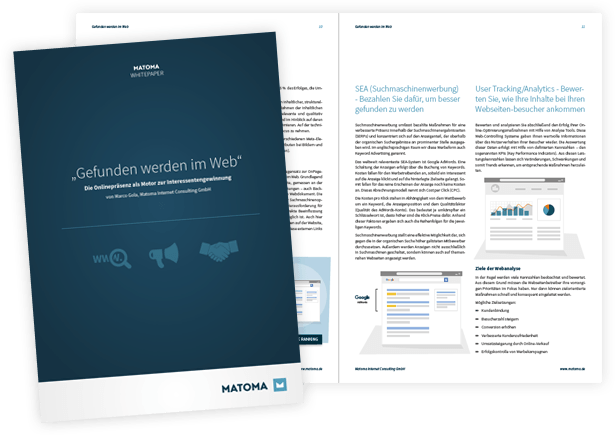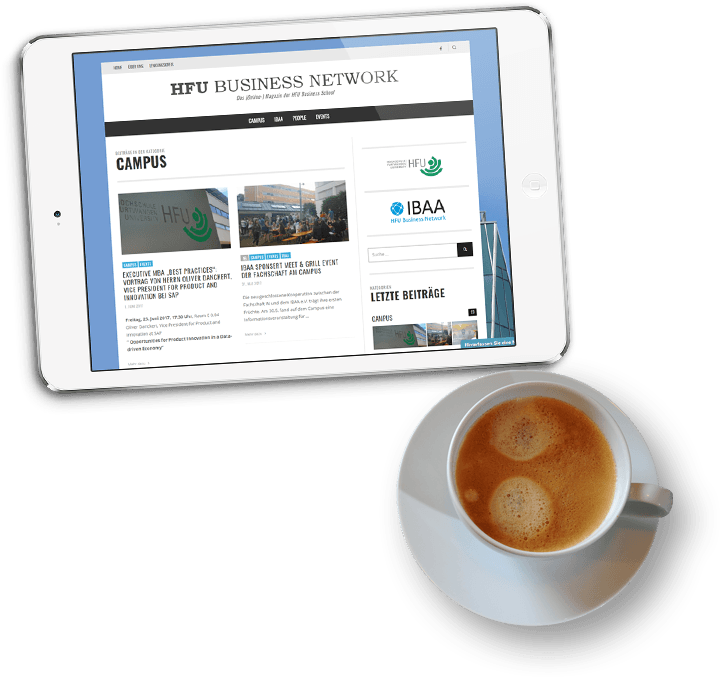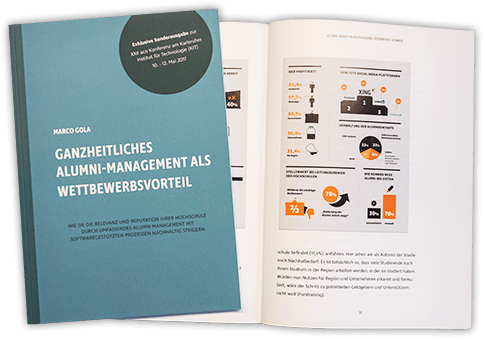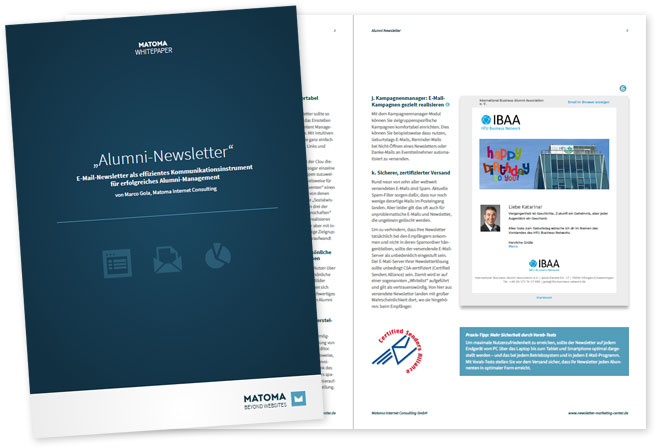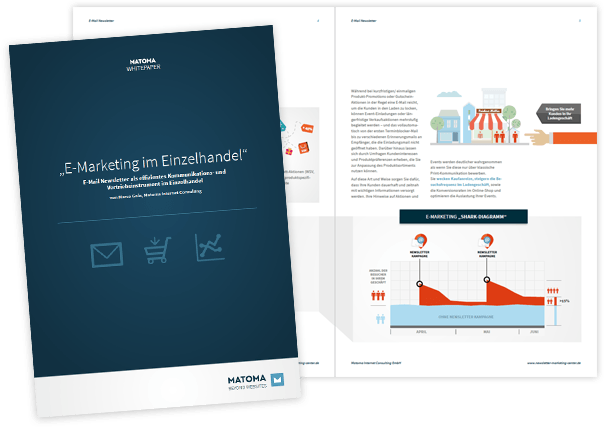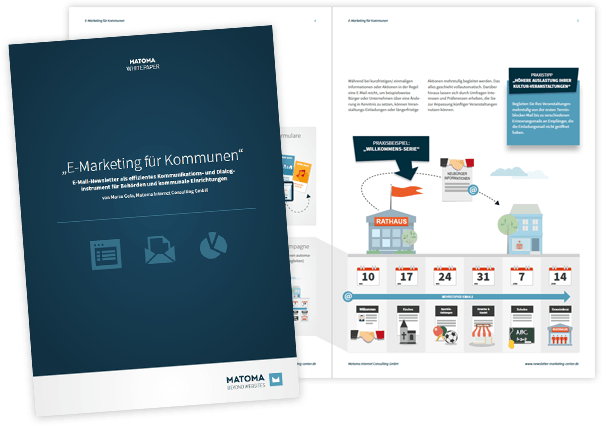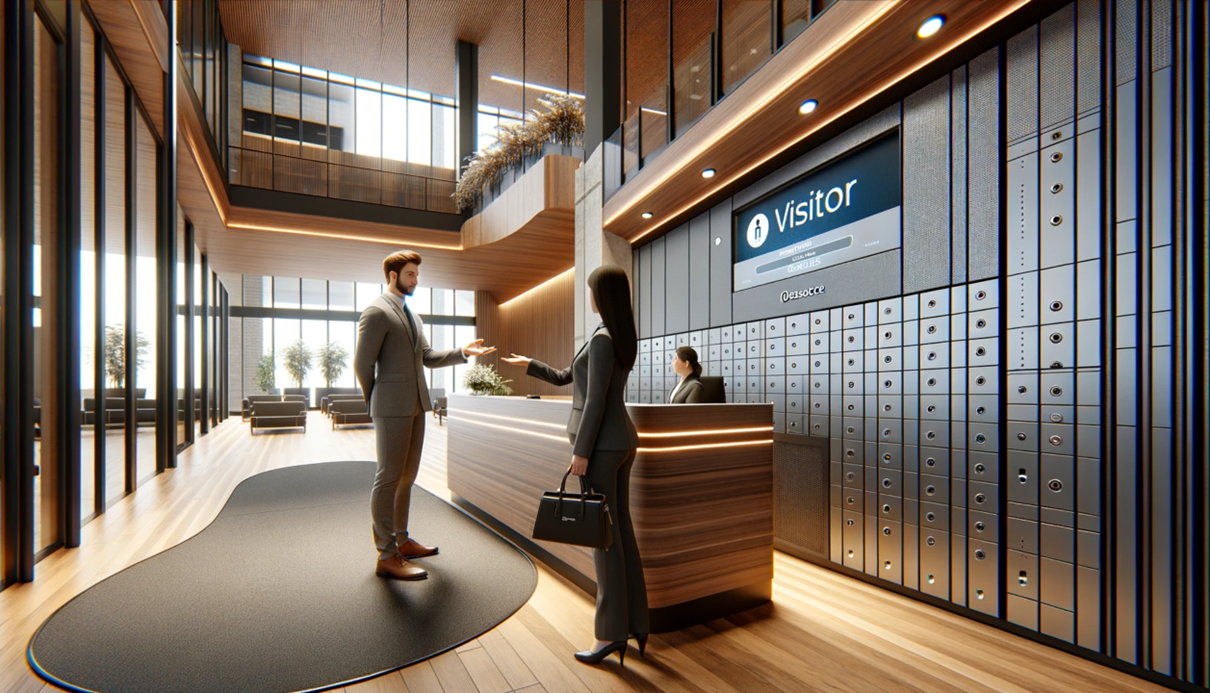
The days of visitors and employees having to hand over their personal belongings to a receptionist or leaving them in unsecured storage areas are coming to an end. These traditional methods were not only cumbersome and time-consuming, but also posed a security risk. Front desk staff acting as cloakroom attendants was an added responsibility that distracted from the true purpose of their role – greeting and assisting guests. In addition, the risk of loss or theft was always a latent problem with unsecured storage compartments.
With smart locker systems, often referred to as smart lockers, companies are setting new standards in terms of security, efficiency and employee comfort. These innovative office lockers are not only practical, but also an essential part of the digital transformation in the world of work.
Features of Smart Lockers in the entrance area:
- Visitor management with Smart Lockers: When entering the office, smart lockers offer visitors an intuitive way to safely store their personal belongings. These smart lockers make the security process easier and ensure a positive first impression.
- Package and delivery management: A key function of smart locker systems is the safe storage of packages and deliveries. With advanced locker software, employees can manage their shipments efficiently, making everyday office life much easier.
- Storage of weather-specific items: The Smart Lockers provide an ideal solution for storing wet clothes or umbrellas, ensuring order and cleanliness in the office.
- Personal Security: The Office Lockers are a safe place to store valuable personal items. They offer employees and visitors an additional level of security and privacy.
- Efficient key management: The smart locker systems also make it easier to manage access badges and keys, which is particularly advantageous for regular visitors and external companies.
- Emergency Equipment: In some cases, the lockers are also used to store emergency equipment, allowing quick access in emergency situations.
Smart lockers also offer the decisive advantage that every access is recorded digitally – who opened a compartment and when is automatically logged, making the time-consuming maintenance of key books or output logs unnecessary. This complete traceability contributes significantly to increasing security and simplifying administrative work.
Conclusion – Smart Lockers in the entrance area:
Smart locker systems – or smart lockers – are more than just a modern convenience; they are an integral part of the “New Work” movement. With their advanced locker software, they offer indispensable support for daily operations in office buildings. They not only represent the future of office design, but are also a symbol of an efficient, safe and intelligent working environment.
How does access to Smart Lockers work?
Access to Smart Lockers is secured by advanced authentication mechanisms designed for modern technology and ease of use. Users can usually authenticate themselves using one of several methods to gain access to their assigned locker:
- RFID (Radio-Frequency Identification): With this method, users wear an RFID chip, often embedded in an ID card or wristband, which communicates when approached by the smart locker’s sensor. The locker recognises the authorised RFID chip and unlocks the corresponding compartment.
- PIN codes: Similar to an ATM, users enter a personal code via a touchpad or screen. Once the correct code has been entered, the locker is released for access.
- Biometric data: This method uses unique physical characteristics such as fingerprints, hand geometry or retinal scans to confirm the user’s identity. Biometric scanners at the Smart Locker compare the data presented with a stored database to verify authenticity.
The method chosen depends on the requirements and preferences of the company in question. All methods are designed to ensure secure and convenient access. If authentication is successful, the system sends a signal to the locker, whereupon the locker is unlocked. This process ensures that only authorised persons are granted access and that every interaction with the locker is recorded for audit purposes. This improves the security of the stored items and at the same time enables access to be tracked.
What happens if a Smart Locker is not closed properly?
If a Smart Locker is not closed properly, the intelligent monitoring functions of the electronic locks come into play. These are able to recognise and monitor the status of each compartment. In the event that a compartment remains open or is not closed correctly, the lock identifies this status as an unexpected event and sends a message to the central management system. The system can then automatically send a notification to the responsible employee or facility management to draw attention to the problem. Depending on the configuration of the system, immediate warning signals can also be triggered at the locker itself, for example by visual or acoustic signals that indicate the open status. This approach ensures that the security of the items stored in the lockers is always maintained and that rapid action can be taken to eliminate security risks.
Can Smart Lockers be temporarily reserved for certain people or groups?
Yes, intelligent lockers can be reserved for specific people or groups. The integrated software allows flexible management of the lockers so that they can either be permanently assigned to specific users or reserved for temporary periods. This is particularly useful for organisations that have regular events or meetings where participants or groups need a secure place to store their belongings.
The reservation function can be controlled via a centralised management system or a user app. Users can either reserve a locker in advance or on-the-fly, depending on availability and set policies. The lockers can also be programmed so that they are automatically accessible to certain user groups at certain times. As soon as the reserved time is over, the locker is released again for other users, or it can be reserved again for the same user or group.
In addition, the processes can be customised to meet specific needs, such as restricting access at certain times of day or setting up priority access for senior employees. Even in the case of hybrid events, where some participants attend in person and others attend digitally, Smart Lockers can be used to store materials that are exclusively for those attending in person. This all helps to make Smart Lockers a flexible and efficient solution for the modern working environment.
What role does the Locker software play in security?
Locker software plays a crucial role in the security of smart locker systems by providing a centralised platform for the management and monitoring of all locker stations within a building. NetLocker ® is considered a best-practice example of such software, allowing all lockers to be controlled efficiently and securely.
With NetLocker ® all interactions with each individual locker can be monitored centrally. This includes checking access, logging usage data and generating security reports. Centralised management means that security protocols can be implemented consistently and adapted quickly if necessary.
The flexibility of NetLocker ® enables companies to operate the software either in the cloud or on-premises. This gives organisations the freedom to choose the best solution for their specific security and infrastructure requirements. The cloud-based option offers the benefits of reduced IT load, scalability and remote access, while the on-premises solution allows complete control on site.
NetLocker ® is designed to integrate seamlessly into existing corporate environments without the need for in-depth intervention in the corporate infrastructure. This minimises potential security risks and facilitates risk assessment when introducing the system. The fact that NetLocker ® has minimal or no impact on the existing IT infrastructure means that the introduction of the software can be straightforward and without significant security risk.
Overall, NetLocker ® helps to maximise the security of locker systems while ensuring smooth and efficient operations. It is an example of how modern software solutions can simplify the management of smart lockers and increase security for users.




